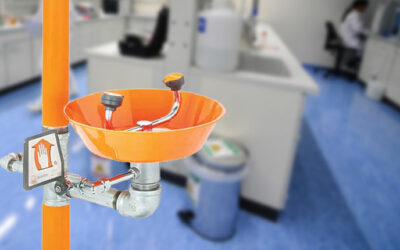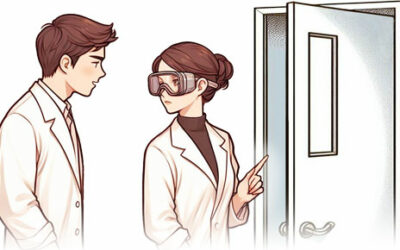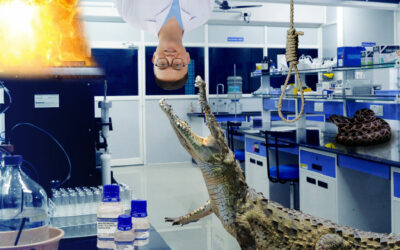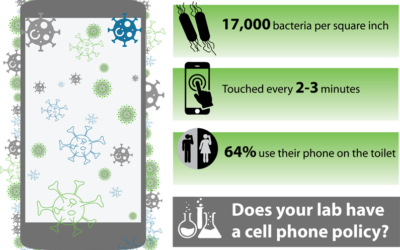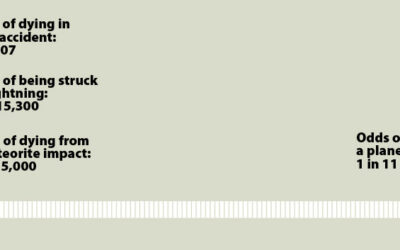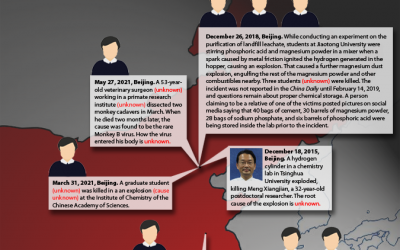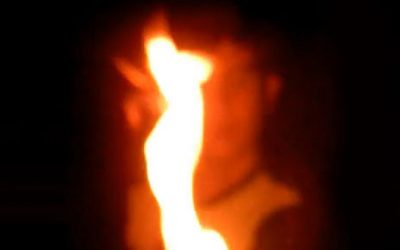LSI Names New Executive Director
On March 6, Stephen Taylor dropped this teaser in his LinkedIn feed: “It’s in these quiet moments that we find clarity for our #NewBeginnings and sometimes we find those new beginnings in the most unlikely of places. While I’m not ready to unveil what’s next just yet,...
The Illusion of Caution: How ‘Being Careful’ Undermines Safety
“I’ve had kids for 15 years now, giving me plenty of time to reflect on what it means to tell someone to ‘be careful,’” says Tim Barton, chief safety officer at the University of Tennessee Health Science Center. “My conclusion is that this phrase is almost too...
Is Weekly Eyewash/Safety Shower Activation Required?
Activating a single eyewash station doesn’t take long, but at a sprawling research facility with as many as 2,000 units dotting its campus, activating and testing them all can be a major undertaking. Lab personnel may be relieved to know OSHA simply requires eyewash...
Get Out of My Lab: Five Safety Violations That Should Get People Banned
What are the most important safety rules? We're not talking about your wish list of safety protocols that it would be nice if people followed, but the absolute non-negotiable safety fundamentals. What safety rules do you feel so strongly about that if someone refused...
How To Make Your Lab More Dangerous
In his 2003 biography, billionaire investor Charlie Munger revealed his favorite hack for finding out-of-the-box solutions: “Turn a situation or problem upside-down. Look at it backward,” he said. “Where don’t we want to go, and how do you get there?” Applying...
The Sticky Issue of Cell Phones in the Lab
On average, Americans check their phones within 10 minutes of waking up, and continue checking them about 344 times per day, or once every 2.8 minutes during waking hours. That means most of us touch our cell phones more than any other object in our lives. All that...
What Are the Chances?
“What are the chances of that happening?” Each year, the National Safety Council attempts to answer that question with serious numbers. According to the latest report, your lifetime chances of getting killed in an airplane crash are actually 100,000 times less than...
What We Don’t Know About Lab Accidents in China
Last year, every academic lab fatality that happened in the world happened in China, prompting concerns over the state of lab safety in the People’s Republic. The Laboratory Safety Institute’s memorial wall, a webpage that tracks lab deaths worldwide, lists three...
Teacher Burns Student, Ending Two-Year Lull in School Science Accidents
One silver lining of the pandemic was that since many school labs were closed, the science-experiment-gone-wrong stories also went on hiatus. For two straight years, there were no reported accidents from teacher-led classroom demonstrations—just a few stories of kids...
Guest Post From Arran Solomonsz, Ph.D.—What I Wish I Knew
Flammable solvents and hot oil was always a combination that honestly scared me, but that was how I had been taught to perform reactions. As a keen cook, I knew never to put a hot pan of oil near water, yet in my former life as a chemist, that is precisely what I did...



